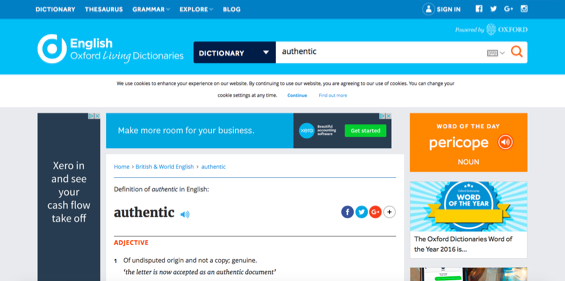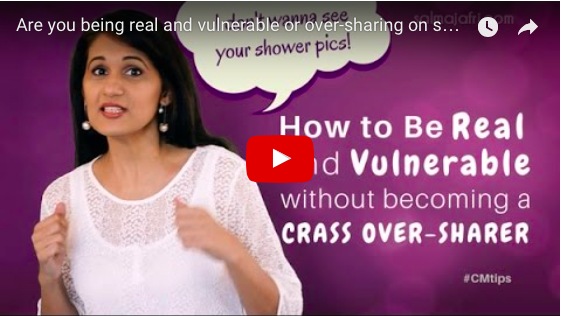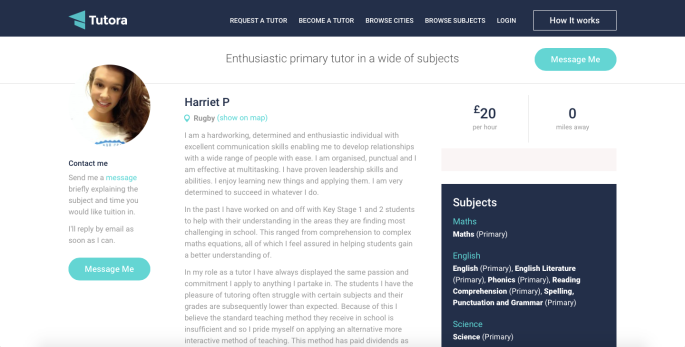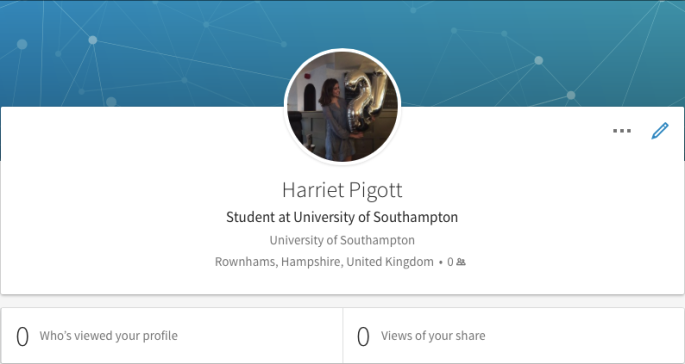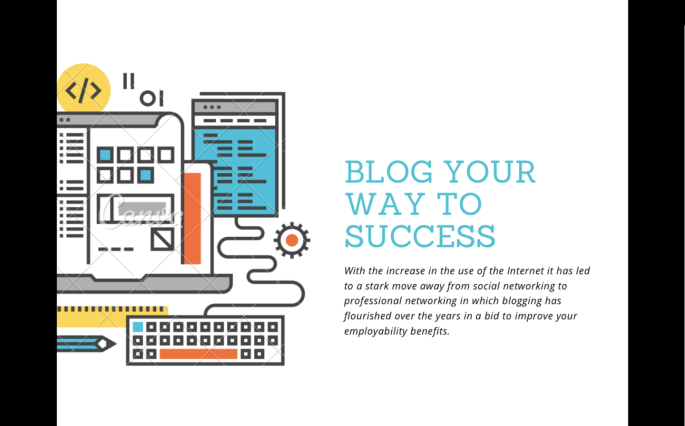Upon reflection of Topic 2 whereby I expressed deep concerns and strong views on the need to keep your personal and professional online identity separate, I have since through my own and subsequent reading of my colleagues work on Topic 3 come to the realisation that this is no longer possible nor helpful in anyway and to me is not accountable as an act of the creation of an authentic online professional identity. Oliver and I had a brief discussion about this on my blog post which first began the influence of my change in heart.
My comment on Charley’s post in which I drew the attention of Will’s post illustrates this too. My point was also supported by the Justine Sacco case I touched upon in my blog post and the number of other cases in which Eloane neatly illustrated within her Infographic. For which reason I have decided I will be deleting my ‘personal’ online accounts thus creating transparency through my online identity allowing prospective employers to see the ‘real’ me.
In order to do this I will use the Infographic below to completely eradicate all stupid and nonsensical Tweets and Facebook posts I have done in the past which may have been hindering my chances of getting a grad job.

Additionally, the YouTube video (I am sure you are all familiar with) below further exemplifies this.
Furthermore, through reading Sharon’s blog post I was able to learn how to better develop my LinkedIn profile and have created an Infographic below to illustrate the subsequent changes I have made.
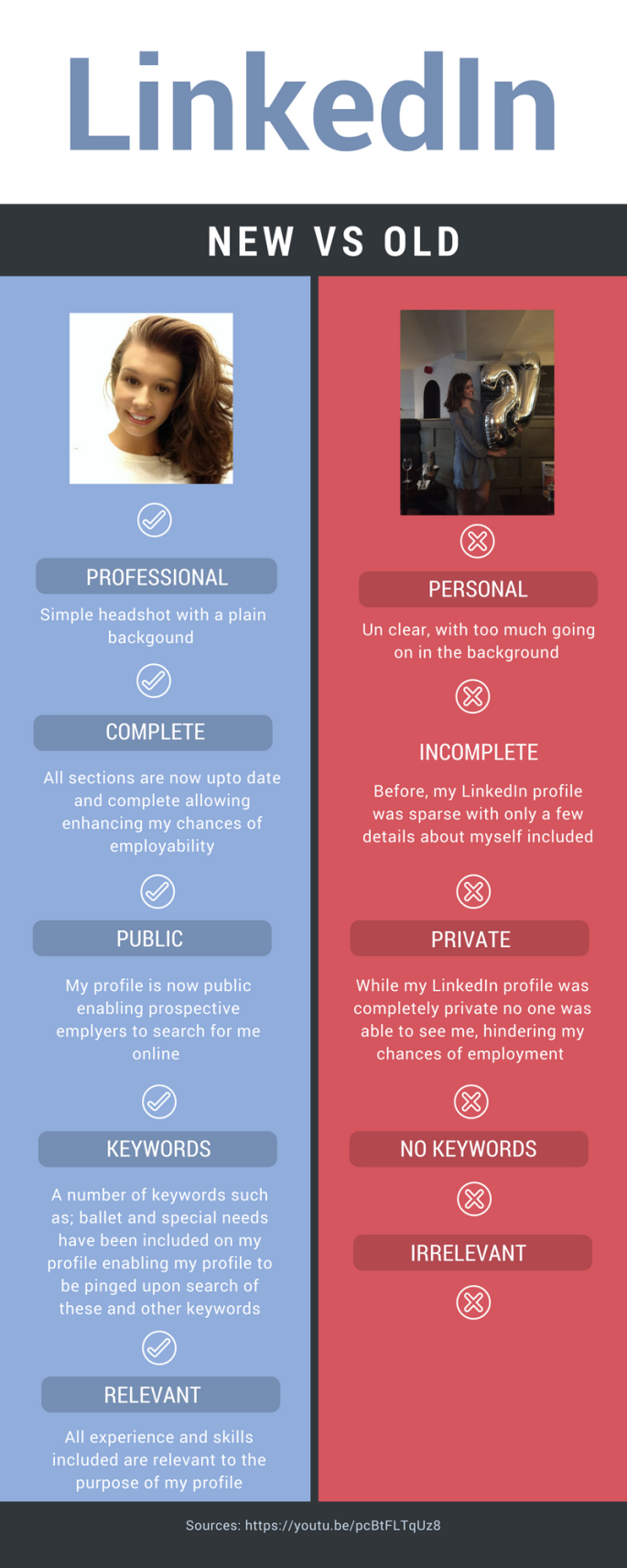
I also found Rachel and Scott’s post very informative and the comparison to Snapchat/ elevation pitch has also enabled me to keep the information I have included on my LinkedIn profile short but informative.
While Carolina’s post expanded my limited knowledge of video resumes that Will and I touched upon in our discussion.
Finally, I would like to draw your attention to this quote I found through one of Rachel’s references; “We may have grown up with the Internet but many of us have failed to utilise it as part of our professional links”(Donnelly, 2014).
This quote is totally relevant to my comment on Louise’s post in which the issues of discrimination were discussed and our subsequent discussion lead us to both be completely perplexed by the discrimination against those digital ‘immigrants’, discussed in Topic 1, who were unable to find themselves a job through LinkedIn due to their age and supposed technical ability even though they had successful created themselves a professional online profile.
References
BBC News. (2017) Children interrupt BBC News interview. Available at: https://www.youtube.com/watch?v=Mh4f9AYRCZY (Accessed: 19 March 2017).
Donnelly, D. (2014) Building your professional online profile. Available at: http://www.inspiringinterns.com/blog/2014/04/building-your-professional-online-profile/ (Accessed: 19 March 2017).
Stampler, l. (2014) This Infographic Shows How To Completely Erase Your Identity From The Internet. Available at: http://time.com/13002/this-infographic-show-how-to-completely-erase-your-identity-from-the-internet/ (Accessed: 19 March 2017).


